Most Expensive Political Campaigns In US History
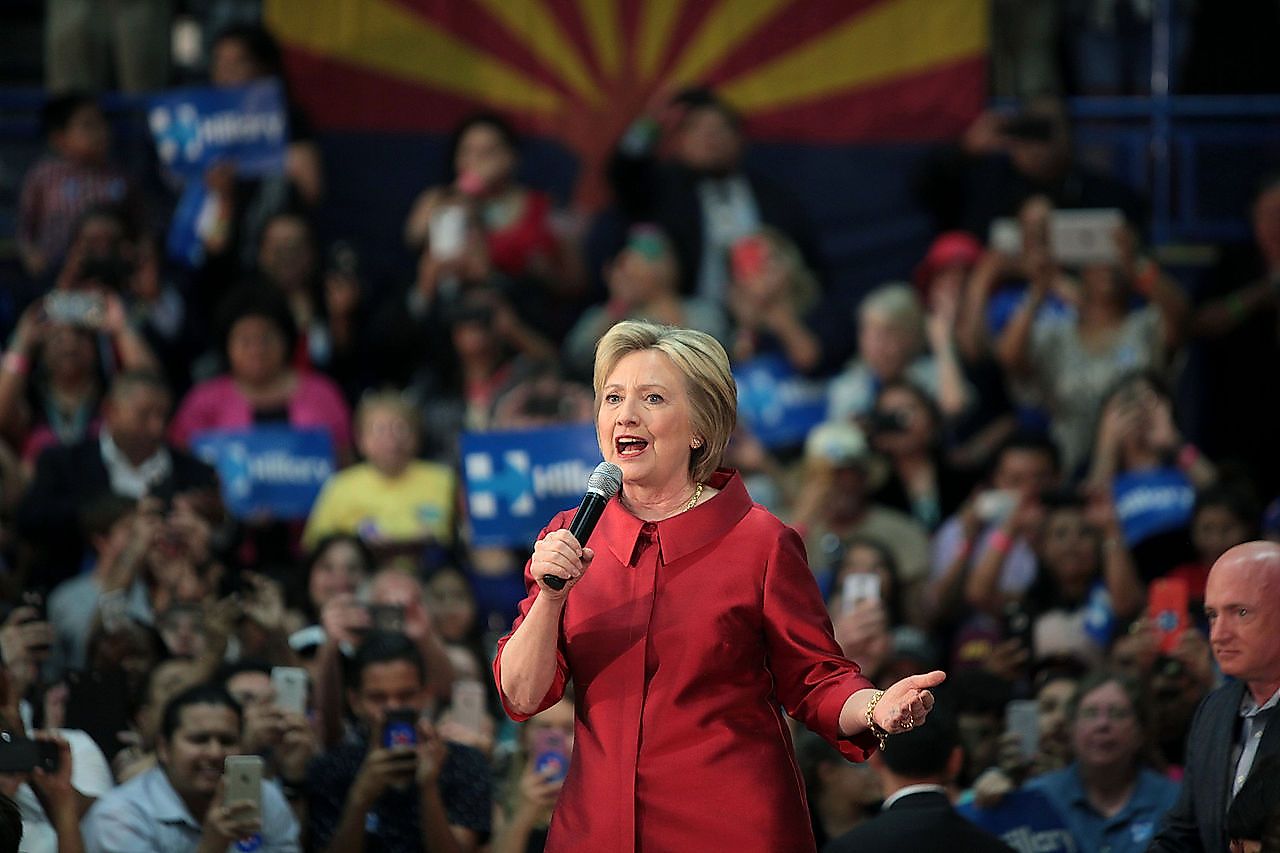
- Campaign spending has increased over 260-fold from 1860 to 2020.
- Between 2000 and 2012, campaign spending quadrupled.
- Total spending of the 2016 US election reached $6.8 billion.
- Mike Bloomberg ran the most expensive primary campaign in history at $935 million.
From social media advertising, to radio and TV ads, to airfare, to rallies, to staff salary, there are a lot of costs to cover when running a political campaign. While in the past, campaigns consisted of connecting with locals through door-to-door campaigning, handing out pamphlets, holding rallies, and sending political advertising by mail, since the dawn of the Internet and social media, there are many more costs associated with running a political campaign. In fact, campaign spending has increased over 260-fold from Abraham Lincoln, who spent $2.8 million dollars (after inflation) in 1860, to Donald Trump. More recently, between 2000 and 2012, campaign spending quadrupled.
Over the past two decades, all presidential candidates have spent over $100 million on campaigns, with some campaigns reaching over a billion. One of the most expensive elections in history to date, the 2016 US election cost $6.8 billion, combining both the presidential and congressional elections. Though most politicians spend an unimaginable amount of money while campaigning, a few political campaigns have stood out as exceptionally expensive throughout US history.
2020 - Mike Bloomberg
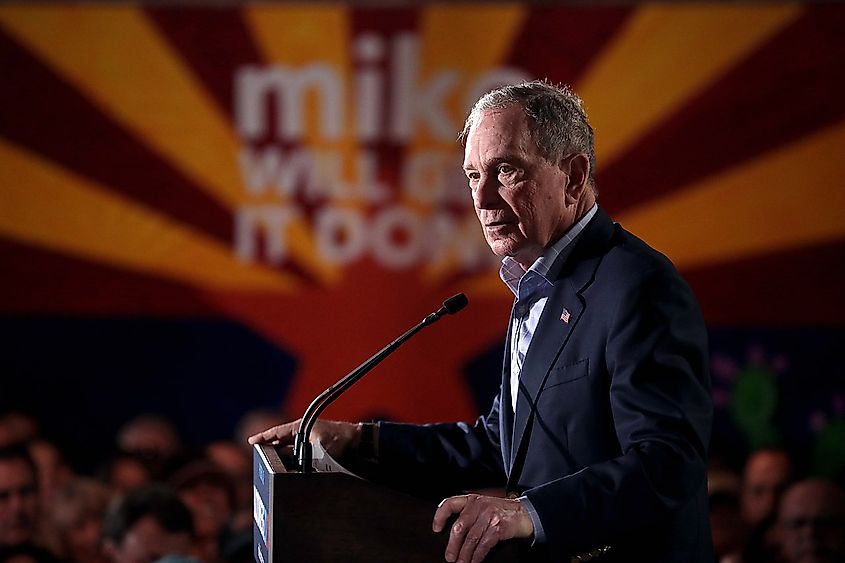
Making history as having the most expensive primary in history, former New York mayor Mike Bloomberg’s campaign during the 2020 election cashed in at $935 million. Though the Democratic candidate was only in the race for 100 days, Bloomberg spent around 17 million per day before dropping out of the race in early March.
2016 - Hillary Clinton
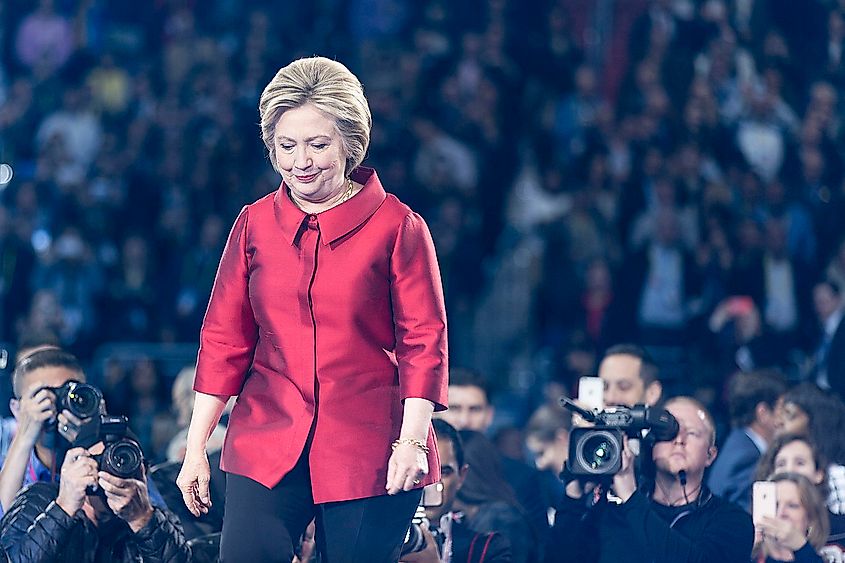
After having lost the Presidential Election to Democratic nominee Barack Obama, former Secretary of State and former Democratic senator for New York Hillary Clinton re-entered the presidential race. Spending just over $768 million in the 2016 election compared to competitor Donald Trump’s $398 million, Clinton’s campaign is one of the most expensive in US history.
2012 - Barack Obama
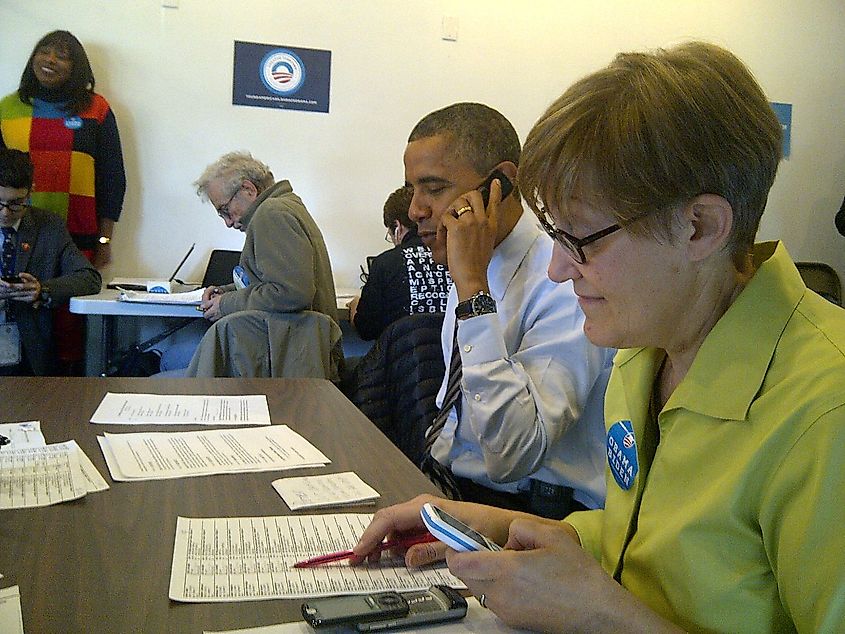
Obama participating in a phone bank Election Day. Image credit: TonyTheTiger/Wikimedia.org
During his second run at the Presidential Election in 2012, Democratic candidate Barack Obama spent over $721 million, similar to the $730 million he spent in 2008. Amid the digital age, Barack Obama used Facebook and Twitter for re-election promotion, famously launching the hashtag #Obama2012.
2012 - Mitt Romney
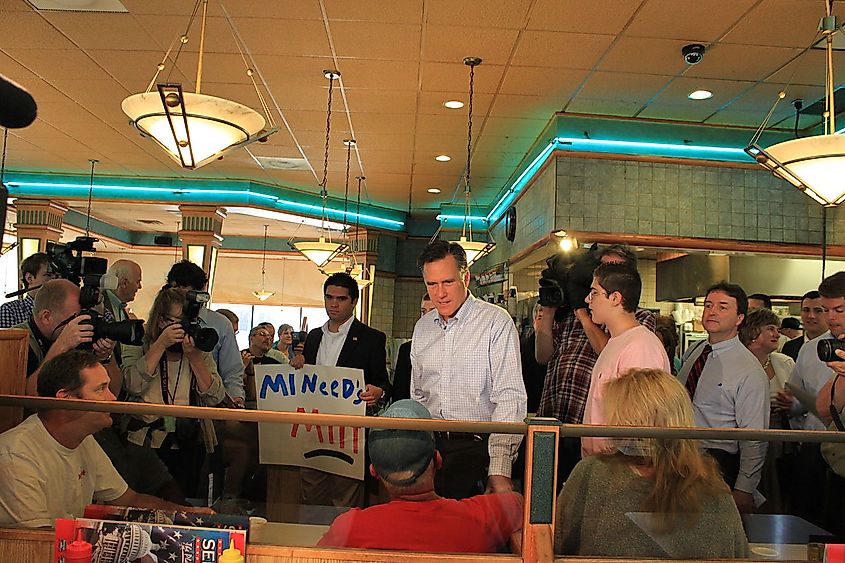
In the same election, Republican candidate Mitt Romney spent $483 million, significantly less than his competitor.
2000 - George W. Bush
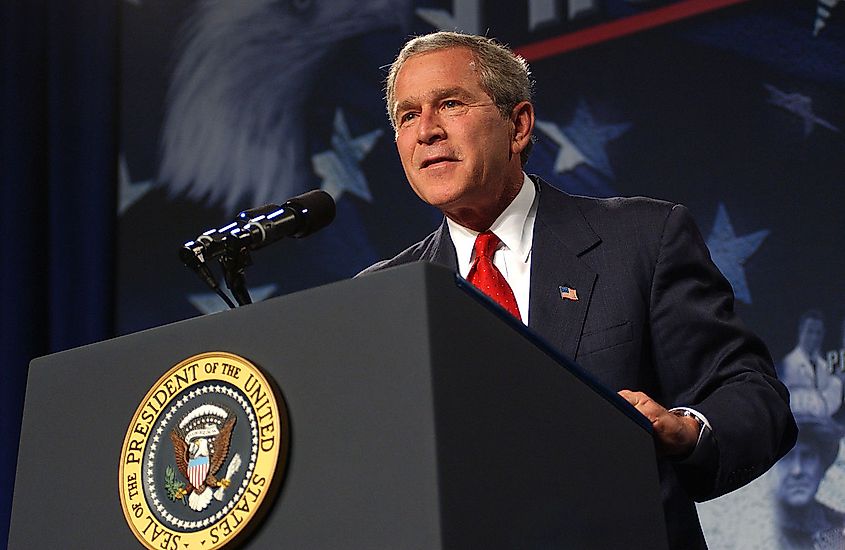
Winning one of the closest and most controversial presidential elections against Al Gore in 2000, George W. Bush spent $186.5 million, around $277 million in 2020.
2004 - George W. Bush
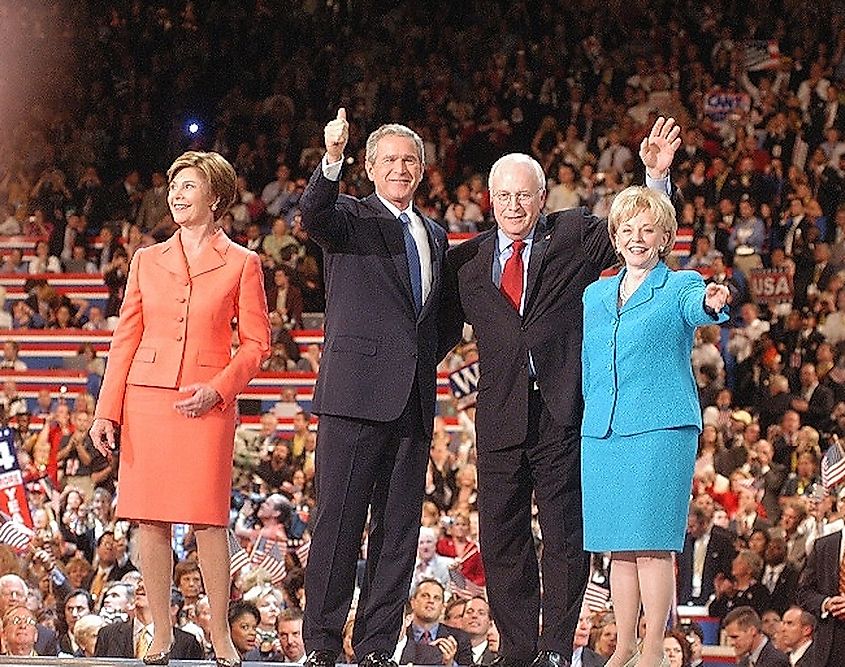
George W. Bush ran for re-election during the 2004 election against Democratic nominee John Kerry. Running the most expensive campaign in history at the time, the Republican candidate spent $345 million, equating to $468 million taking into account inflation.
1972 - Richard M. Nixon
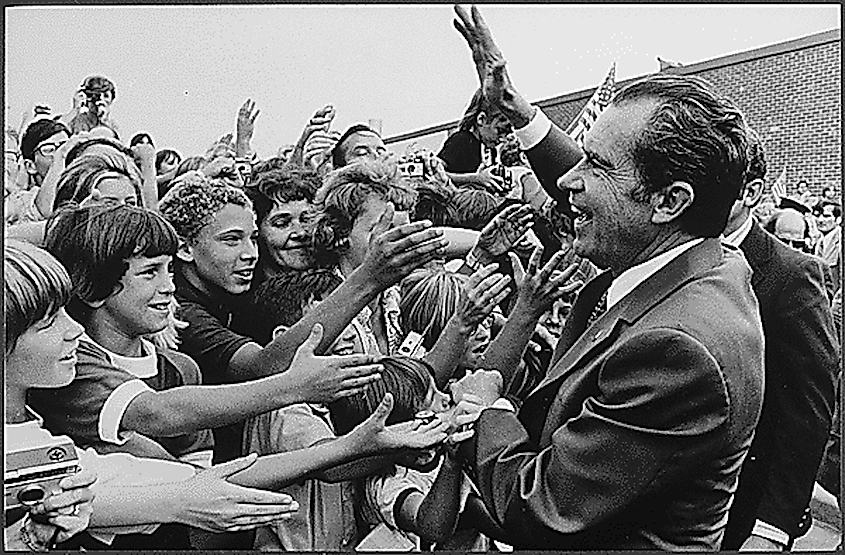
One of the most expensive campaigns of the 1900s, Republican candidate Richard M. Nixon spent $61.4 million on his winning campaign, translating to $425 million in 2020. In putting on the campaign, Nixon paid over twice the amount of his competitor George McGovern who spent $30 million.
1896 - William Mckinley
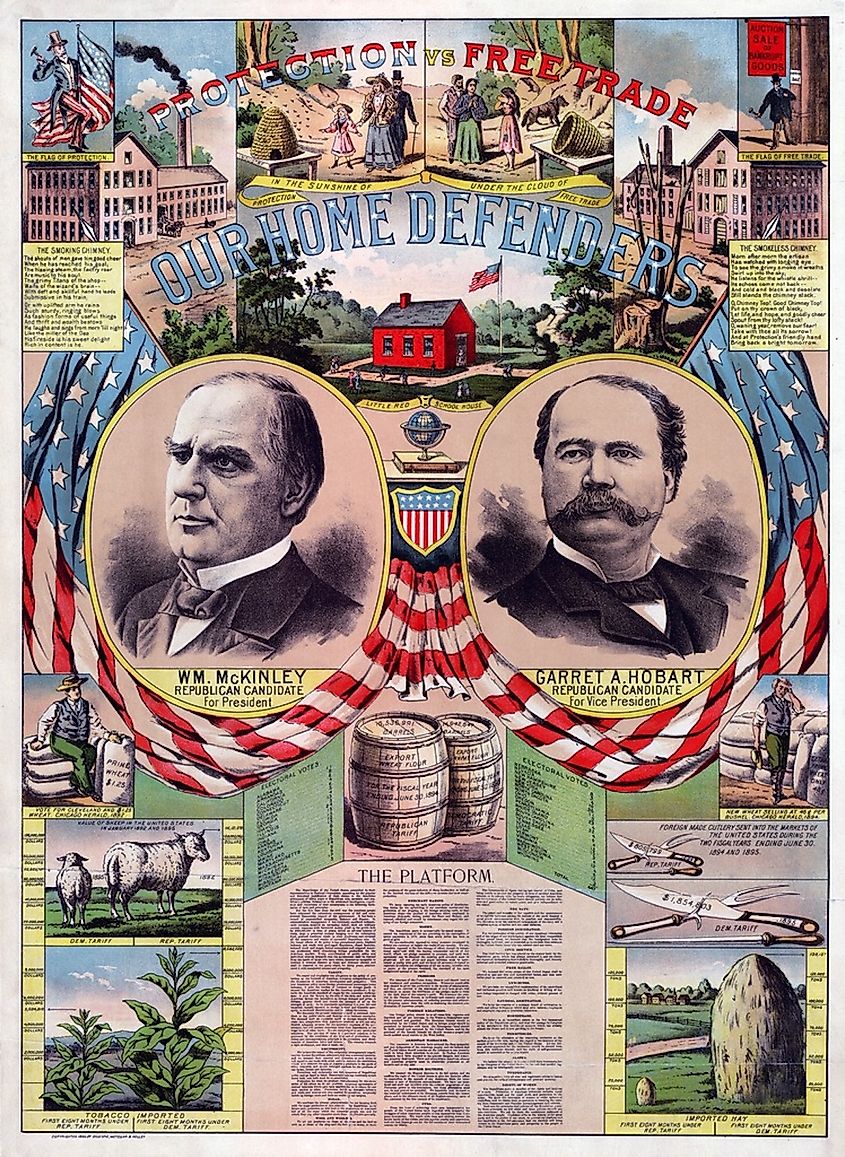
Running alongside Democrat candidate, William Jennings Bryan who spent only $300,000 during the 1896 Presidential election. Though the election took place during the Panic of 1893, an economic depression, Mckinley was able to cash out $7 million, roughly $214 million in 2020.
Throughout history, the cost of campaigning and elections in general has continued to rise due to inflation. In addition, with the introduction of new technologies available for promotional purposes, the amount of work that goes into advertising has increased, leading to higher costs. However, in the digital age, politicians have much more access to free advertising through social media, meaning that future politicians could find alternative, and less expensive, ways to run their campaigns. While it is unlikely that campaign spending will decrease to the Lincoln ages, perhaps campaigning costs will decrease by a few hundred million dollars in the coming years.











